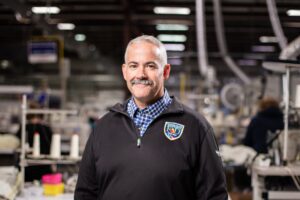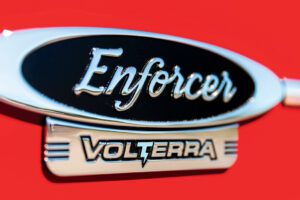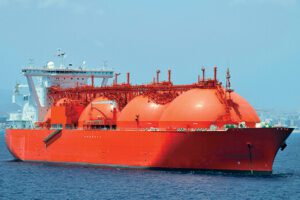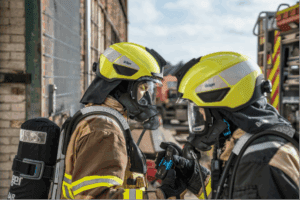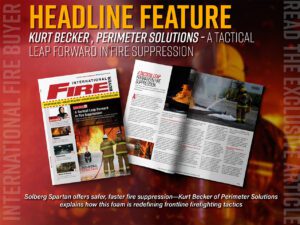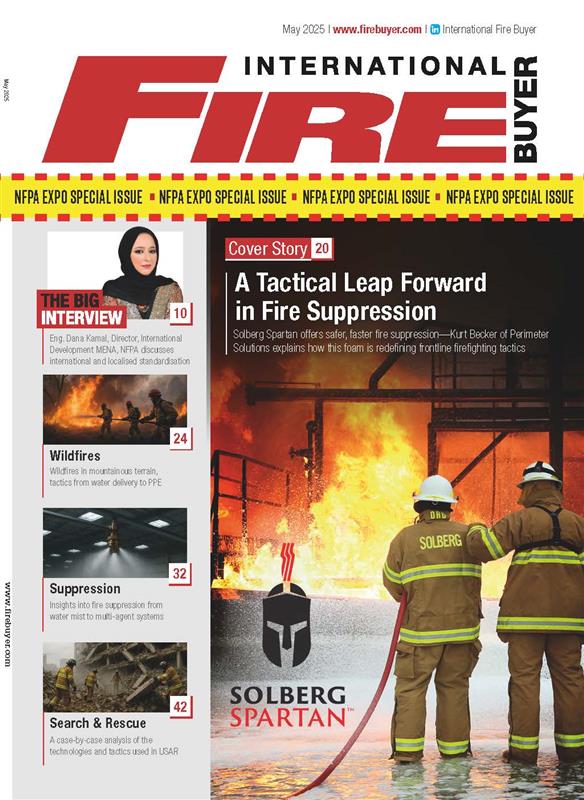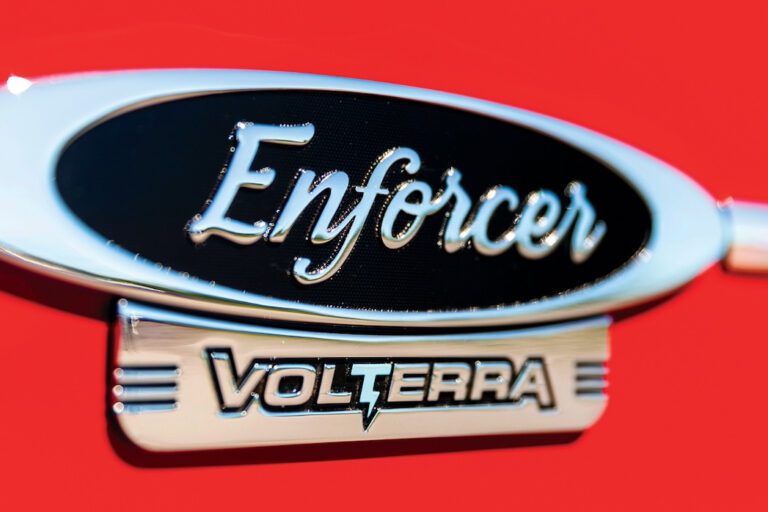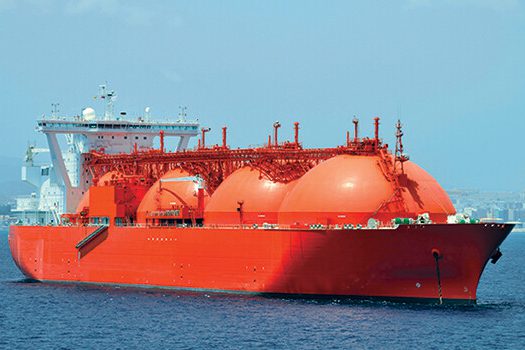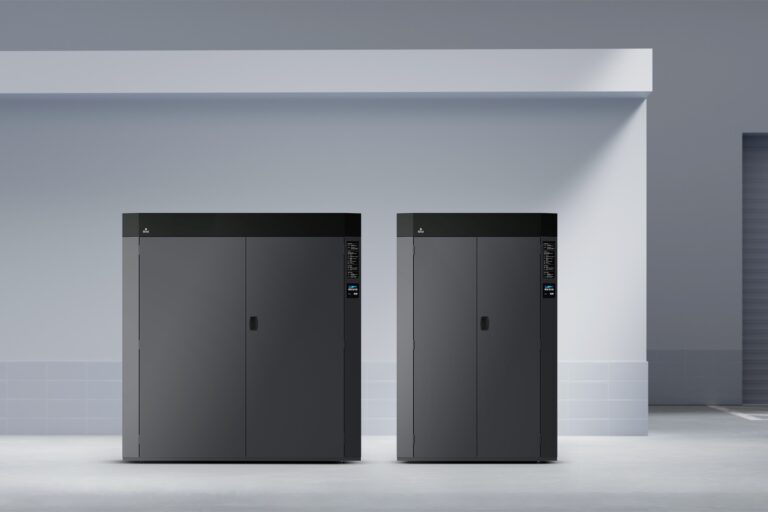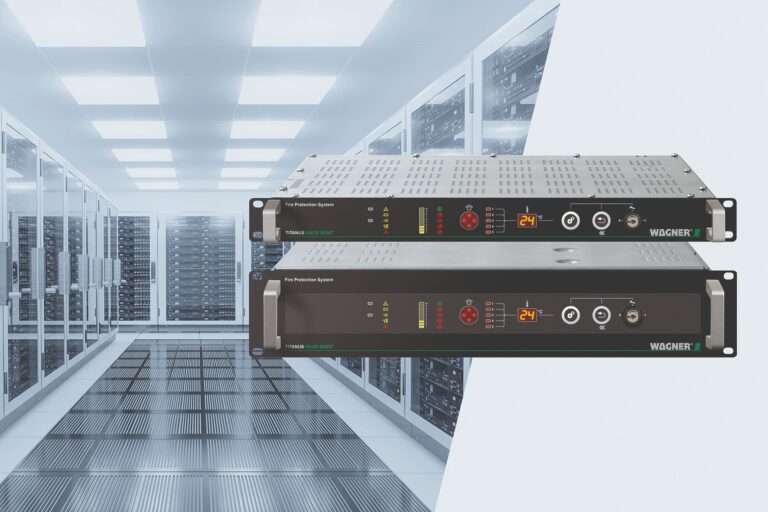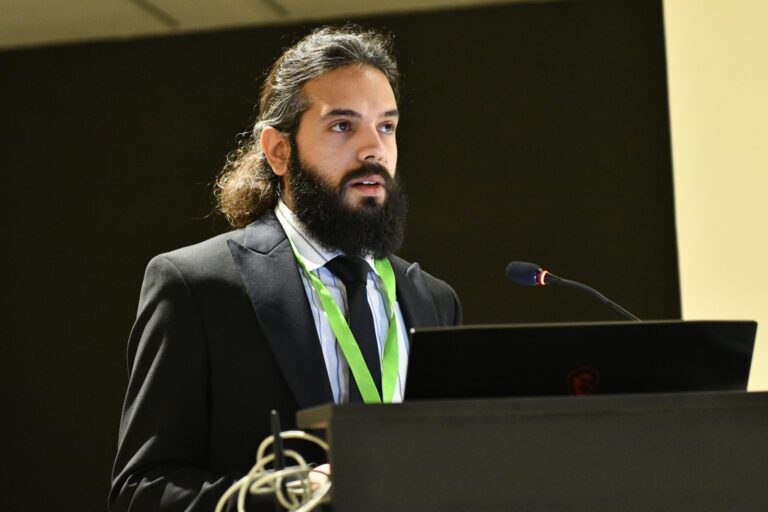In the past 30 years, the live fire training system industry has changed massively.
Here, Kidde explain the benefits of installing such a system to a fire training programme
Live fire training systems have come a long way since the development of the very first industrially manufactured model more than 30 years ago. Since that time, live fire training systems have proven to be a highly valuable asset to the training of all kinds of fire-fighters around the globe, and the experience gained by their use has saved the lives of countless fire-fighters. Over the years, these systems have evolved and are now available for nearly every training scenario and market. This article provides a very brief overview of the benefits of adding live fire training to your training programme, the variety of systems available and the issues that need to be considered when you plan to purchase a live fire training system.
Benefits of modern live fire training systems in comparison to traditional training
Every fire chief wants to prepare his personnel for all different kinds of situations they might face in the field. Traditional methods of fire training conducted by burning unpredictable fuels such as wood and diesel do not satisfy modern-day requirements for fire training. Modern programmes require realistic, effective, economic, environment-friendly and safe training.
Kidde Fire Trainers offers a safe and controllable solution to these needs, with live fire training simulators. Fueled by clean-burning propane or natural gas, these systems present fire-fighters with demanding emergency scenarios with real life conditions including hot fire, limited visibility and realistic sounds. The primary advantage of these systems is their ability to create a highly realistic yet safe and controllable fire training experience.
Other advantages include programmable training scenarios that enable the interlinked start of a series of fires. There is also an automatic agent detection feature that reacts to the amount of extinguishing agent used to determine whether a fire has been cooled down enough to be extinguished. If not, it reignites the fire. These computer-controlled scenarios can be exactly replicated for each training session, making it possible to record, analyse and compare the results of each trainee.
Training with these simulators is cost-effective as well as environmentally sustainable. As the fuel gases have a minimal environmental impact on the air and the extinguishing water, live fire training can be conducted in populated areas with minimal impact. In addition, Kidde Fire Trainers has successfully developed and implemented a water recirculation system that recycles most of the used extinguishing water for new trainings, which is particularly advantageous in regions with limited water resources like the Middle East. In addition, these systems are designed and built to last. Kidde Fire Trainers’ systems for instance have an average life expectancy of fifteen to twenty years.
The relatively short preparation time for each training session makes the trainings more cost-effective, enabling the operators to conduct more training sessions in a given period of time. The ability to conduct more frequent training sessions also has the advantage of enabling the relatively rapid amortisation of the investment cost.
Live fire training systems: An overview of available systems
It is more than 35 years now, that Kidde Fire Trainers pioneered the sector of fire training by the invention of the first gas fueled live fire training system, however the sector still remains a niche market. The complexity of these systems, which only a few manufacturers have succeeded in mastering, is a major barrier to market entry. For example, the systems must be capable of withstanding extreme temperature variations due to repeat heating and cooling during training sessions. In addition, the handling of gas – especially natural gas – requires a degree of understanding and experience held by only a few suppliers. Finally, the challenge of maintaining a constant balance between providing the highest degree of realism and prioritising the safety of the trainees further limits the number of companies capable of providing a top quality product.
Live fire training systems have evolved to enable simulation of nearly every fire scenario imaginable and thus can be applied in many sectors. Structural, tunnel, aircraft and industrial outdoor fires can be simulated and adapted according to customer wishes. For example, typical domestic fire examples like stove fires can be placed not only in a burning house but also in mobile, containerised fire training systems
Structural fire training systems
Structural fire training systems replicates the intense fire, heat and smoke of interior structural fires. Class A, B and C fires can be simulated. All fires can emit a dense simulated smoke, perfect for breathing apparatus training or search & rescue drills with thermal imaging cameras. The difficulty level can be altered to challenge both new and seasoned fire-fighters. Consistency of scenarios ensures that all students receive equal training. Setup and cleanup times on these gas-fired simulators are a fraction of the time for a class-A burn rooms, resulting in significantly more training time. Systems can be installed in new fire training towers or retrofitted to existing class-A burn buildings.
Aircraft fire training systems
KiddeFT offers a full range of fixed-location Aircraft FireTrainers® live fire training systems for Aircraft Rescue Fire Fighter (ARFF) training to FAA, ICAO, NFPA, NATP and CAA requirements. Stationary aircraft rescue and fire-fighting training systems are fueled by either Propane, Natural Gas or Liquid fuels. Like all systems of Kidde Fire Trainers they are PLC controlled and allow manual to full automatic control of the fireplaces. Nearly all types of aircraft mock-ups up to Cat10 are available. This also comprises military planes like fast-attack jets, helicopters, etc. and standalone fuel spill simulators with burn areas of up to 2000 m². A variety of audio-visual effects is also available.
Mobile & Modular FireTrainer® variants
For both the structural and the aircraft training systems mobile variants are available. KiddeFT’s Mobile FireTrainers® provide a mobile and flexible alternative to fixed fire training facilities and can be shared among numerous fire departments in a region with a minimum set-up time as they come fully self-sustained. As for all systems of Kidde Fire Trainers these units are PLC driven and offer manual to full automatic control.
Modular training systems are similar to Kidde Fire Trainers’ structural live training systems but based on standard ISO-containers or a customised design. The systems can be housed in a single unit or two or more containers can be assembled to one system. These systems are prepared for easy extension and offer an economical alternative to building type systems.
Outdoor & industrial fire training systems
The outdoor & industrial fire training systems/facilities provided by Kidde Fire Trainers offer a vast variety of industrial, petrochemical, transportation & fuel spill fire simulations. Our product range reach from small units to multi-level raised industrial platforms. The training experience can be further enhanced by a variety of effects like explosions, fire propagations and flange fires. These kinds of systems can be fueled by Propane, Natural gas or Kerosene. Of course they are also controlled by a PLC and allow manual to full automatic control.
Conclusion and advice
In summary, the training provided by computer-controlled live fire training systems clearly surpasses traditional fire training in many ways, especially in its unmatched degree of realism, safety, training and cost-effectiveness. The additional features of the systems like agent detection offer benefits unmatched by traditional training systems.
Live fire training combines more realistic training, a high degree of safety for the trainees and favors environmental sustainability, often mitigating community and legislative concerns, and making live fire training systems the preferred choice for fire training professionals worldwide.
Even though competing systems offer some of the same features at first glance, they differ in quality, control system complexity and configuration (parameters) and the safety systems employed. Professionals planning to buy a live fire training system should ensure that systems meet safety standards set by the NFPA, DIN and by local authorities. Lastly, they should also keep in mind that a higher quality system can bring an increased product life expectancy and reduce total cost of ownership.

